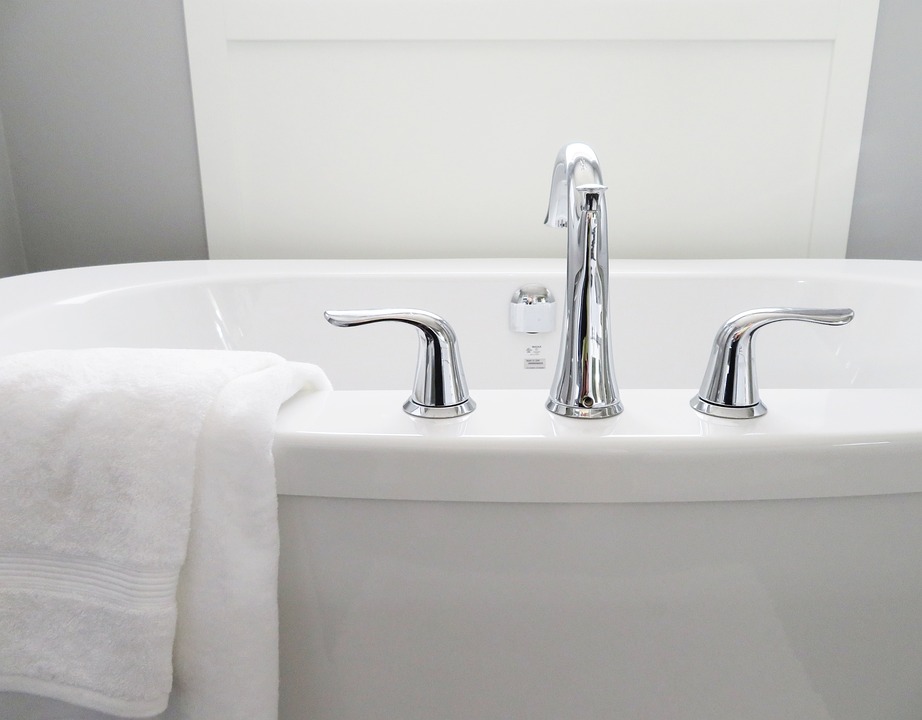
Baths have been used for a variety of reasons and have varied connotations for different people since ancient times. Throughout history, the primary objective of bathing was not to become clean, because little was known about the relationship between cleanliness and health. Some folks bathed in order to relax and feel better. Bathing and washing were sacred practices for others. Others sought sickness treatments by swimming in natural mineral spring waters. The practice of “getting a cure” at a spa (mineral springs) is still practiced today.
History of Bathing

Thousands of years ago, affluent dwellings in Greece, Rome, and India had built-in baths with drainage systems and hot and cold flowing water. However, the luxury of home baths and hot water from a faucet did not become widely available until far into the nineteenth century.
The ancient Greeks and Romans valued public baths as an integral element of their social lives. The luxury-obsessed Romans constructed beautiful public baths that could accommodate thousands of bathers at once. In addition to bathing amenities, the baths had gymnasiums, libraries, gardens, and shops.
The ancients had never heard of soap. (It was initially commercially produced in Europe in the 12th century.) To clean oneself, the Romans put a sand and oil combination to their skin, which they then scraped off using a strigil, a curved metal implement.
By the 12th century, Europe had a plethora of public baths where big crowds washed together. These public baths were referred to as “stews.” However, there was no method to sterilize the bath water. The stews aided the spread of sickness, and a fearful populace avoided them. The stews had vanished by the end of the 16th century.
Bathing facilities did not develop much during the following few centuries. Cauldrons were used to heat bath water. Hands were used to fill portable baths. Because it was difficult to draw and heat enough water for individual baths, it was fairly uncommon for whole families and their guests to bathe together in a single tub.
Beginning in the middle of the nineteenth century, Britain, Germany, and America attempted to address the issue of cleanliness, but progress was gradual. A survey conducted in the 1880s revealed that five out of every six residents in American cities lacked a bathtub. When Queen Victoria ascended to the throne in 1837, there was no bathtub at Buckingham Palace. Until 1851, the White House lacked a proper restroom.
Crowding in quickly increasing cities, as well as a shortage of residential plumbing, brought back public bath houses in the late 1800s. Despite the fact that most bathrooms in private homes had been converted from bedrooms, new residences were being built with bathrooms.
Steam Baths

The Finnish saunas and the Russian steam baths are believed to have had their beginnings in the Scythian baths. The Scythians were a tribe of nomads living in southern Russia thousands of years ago. They produced steam by throwing water on red-hot stones. The North American Indians used a similar kind of steam bath.
The modern Finns produced steam just as the Scythians did. Most Finnish families have their saunas in a separate building or in the basement of the house. The steam bath is used in addition to the regular soaping and scrubbing. As part of the sauna, the bathers beat themselves with a bundle of birch twigs to cleanse the skin and stimulate circulation. They complete the bath by rolling in the snow or plunging into a stream of ice-cold water.
The Russian bath includes a steam room, a hot room, a scrubbing administered by a bath attendant and a cold shower. The Turkish bath is similar to the Russian bath.



